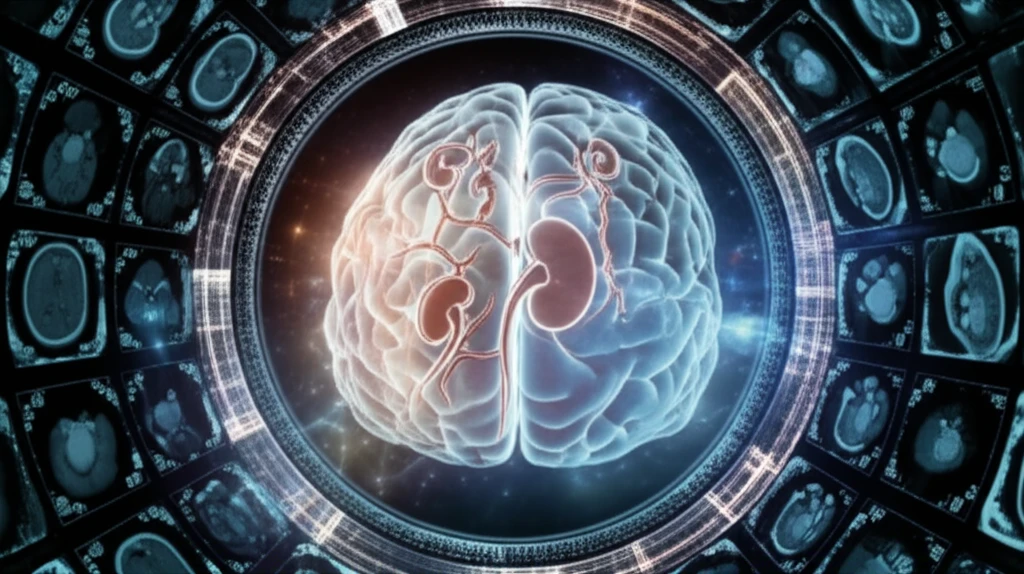
Kidney Injury After Stroke: What You Need to Know About Contrast-Induced Nephropathy
"A closer look at a study questioning the risks of contrast dyes in stroke patients"
When someone experiences a stroke, quick and accurate diagnosis is critical. Computed tomography (CT) scans, often involving contrast dyes, play a vital role in visualizing blood vessels and identifying the type and location of the stroke. However, these contrast agents have raised concerns about a potential side effect: contrast-induced nephropathy (CIN), or kidney injury.
A recent study by Brinjikji et al. investigated the risk of CIN in acute stroke patients undergoing CT angiography/CT perfusion. While the study concluded that contrast exposure didn't increase the risk of acute kidney injury (AKI), a letter to the editor by Malhotra et al. raises important questions and cautions about interpreting these findings.
This article dives into the debate surrounding contrast dyes and kidney health in stroke patients. We'll explore the concerns raised by medical experts and break down the complexities of this important issue so you can stay informed.
Decoding the Contrast-Kidney Connection: Why the Concern?

The primary concern revolves around the potential for contrast dyes to harm the kidneys, especially in individuals with pre-existing kidney issues. Contrast-induced nephropathy occurs when these substances cause inflammation or damage to the kidney's filtering units. This damage can lead to a decline in kidney function, potentially requiring intervention.
- Lower AKI Incidence: The meta-analysis showed a lower incidence of AKI in patients who received contrast, which seems counterintuitive. Why?
- Baseline Differences: The included studies had significant differences in patient characteristics, including baseline creatinine levels, age, and risk factors like hypertension, diabetes, and heart failure. These variations could skew the results.
- AKI Definition Variability: The definition of AKI varied across studies. Some measured creatinine levels at 24-48 hours, which might not capture the full extent of kidney injury, as creatinine typically peaks later.
- Hydration Status: Only a few studies specified standardized hydration protocols, which are crucial for kidney protection during contrast exposure.
The Bottom Line: Proceed with Caution
While the Brinjikji et al. study suggests contrast is safe for stroke patients, the concerns raised by Malhotra et al. warrant caution. Patients and healthcare providers should discuss the risks and benefits of contrast-enhanced imaging, especially for those with pre-existing kidney conditions or other risk factors. Adequate hydration and careful monitoring of kidney function are essential when contrast dyes are used. More research is needed to fully understand the long-term effects of contrast exposure on kidney health in stroke patients.
